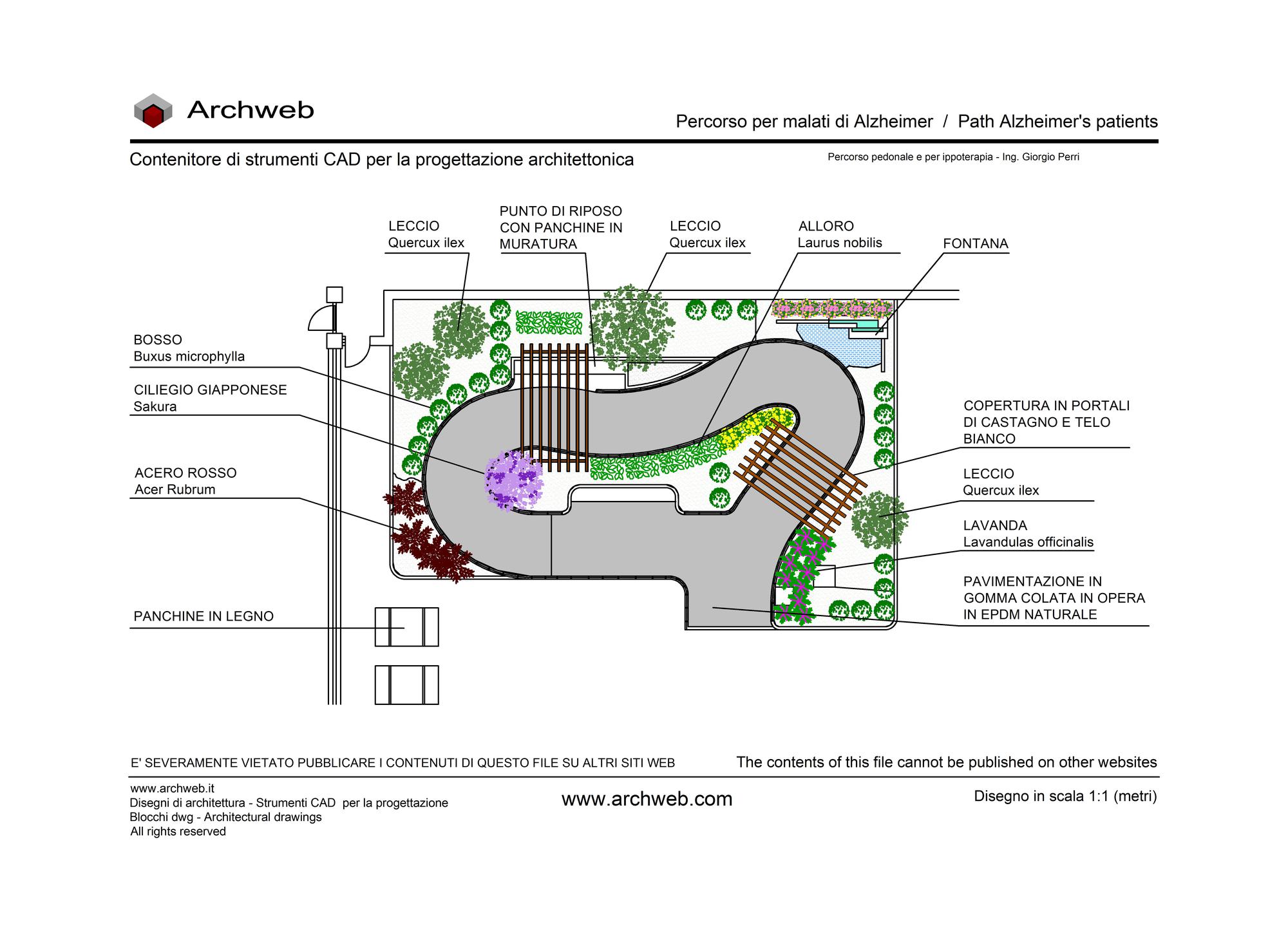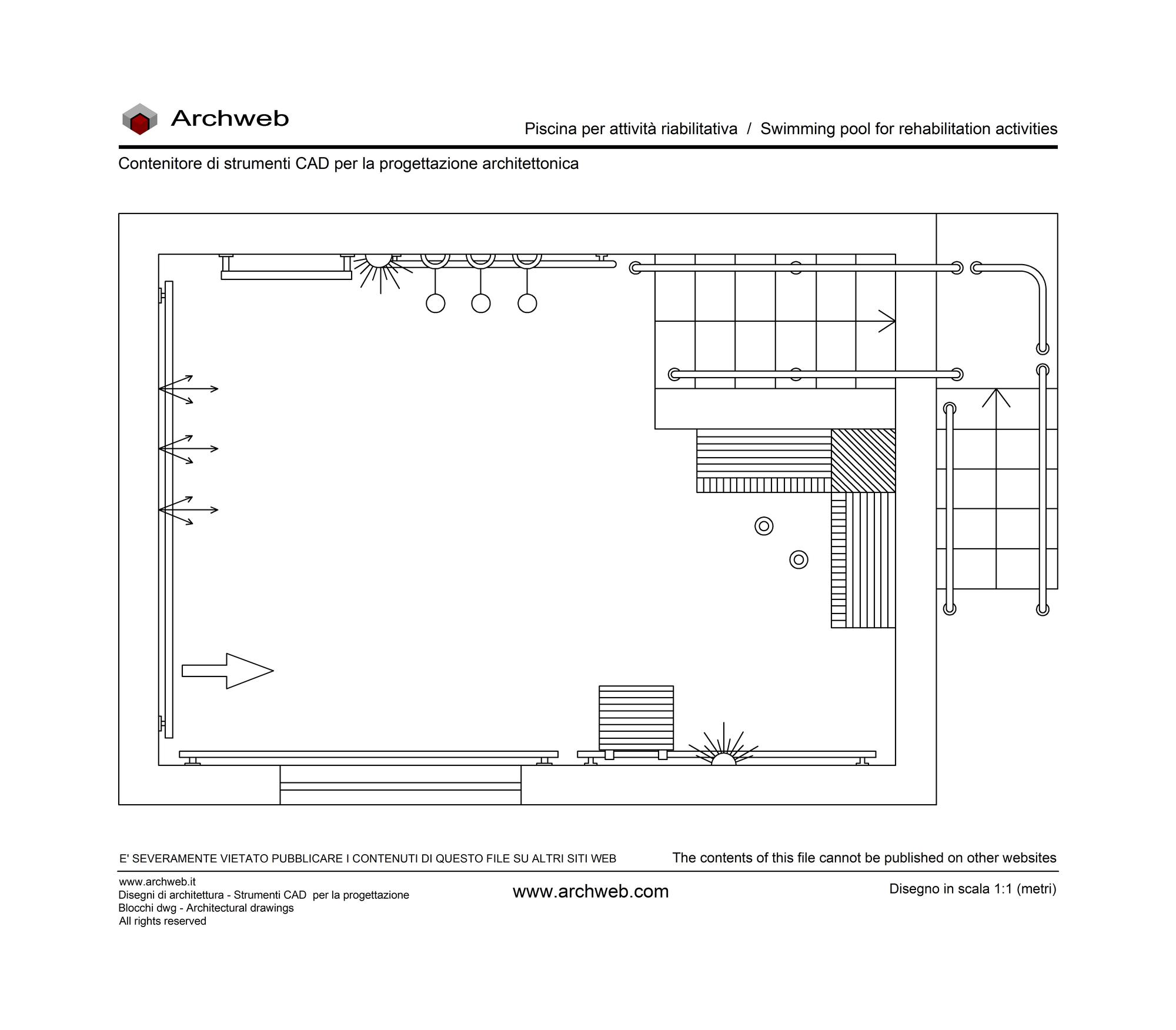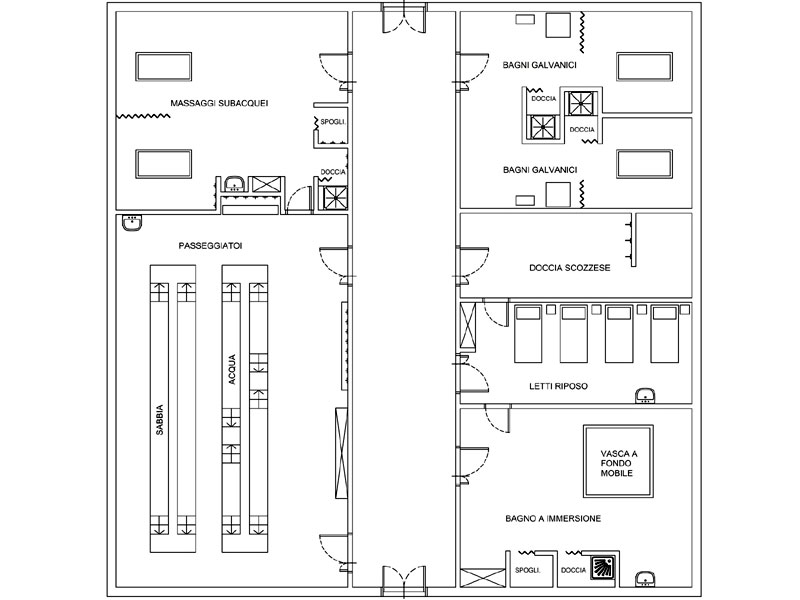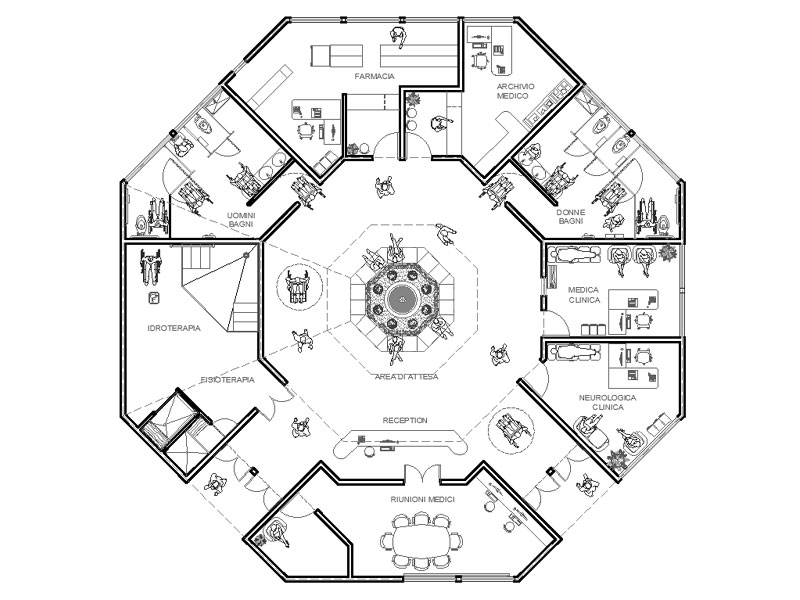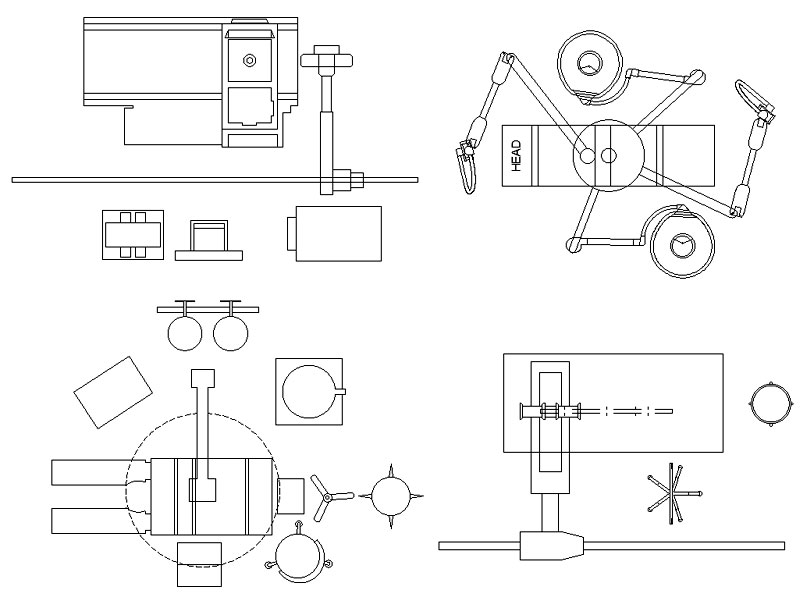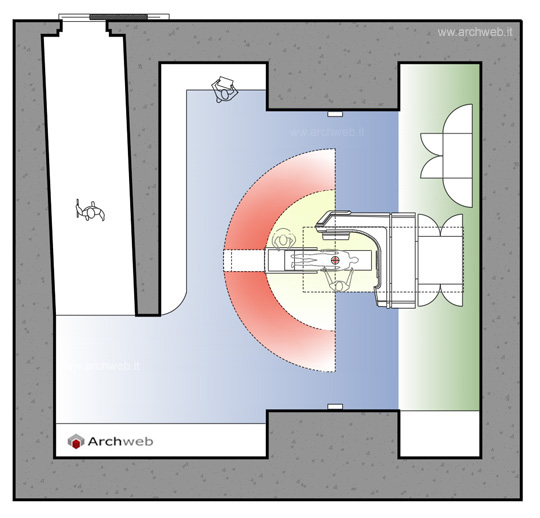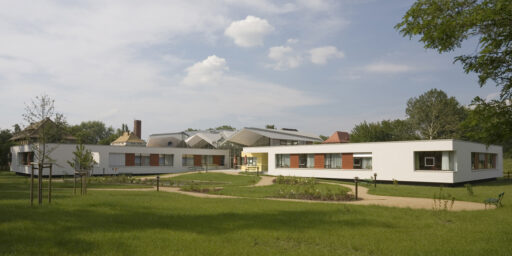Physiotherapy center
Design guidelines

The design of a physiotherapy center requires careful consideration of multiple factors to create a functional, welcoming and safe environment for patients and healthcare workers. Below, we’ll look at the key principles to keep in mind when designing an efficient and comfortable physical therapy center.
What is a physiotherapy centre?
A physiotherapy center is a healthcare facility specializing in the rehabilitation and treatment of physical, muscular and joint conditions. These centers offer a wide range of services, including physical therapy, therapeutic massage, functional recovery exercises and much more.
The main goal of a physiotherapy center is to help patients recover their mobility, strength and physical well-being after injuries, illnesses or surgeries.
Role and functions of a physiotherapy centre
The role of a physiotherapy center is to provide a safe and specialized environment in which patients can undertake their rehabilitation journey. The main functions of a physiotherapy center include:
- Evaluation and diagnosis: specialists carry out a thorough evaluation of the patient’s condition and make a diagnosis to determine the most suitable treatment plan.
- Therapy and rehabilitation: the center offers a wide range of therapeutic services, such as physical therapy, massage, hydrotherapy and occupational therapy, to help patients regain their functionality.
- Education and counseling: specialists provide patients with instructions and advice on how to manage their condition and maintain a healthy lifestyle.
- Monitoring and follow-up: the physiotherapy center tracks patients’ progress and adjusts the treatment plan according to their ever-changing needs.
Services offered by a physiotherapy centre
A modern physiotherapy center offers a wide range of services to meet the different needs of patients. Some of the most common services include:
- Physiotherapy evaluation and diagnosis.
- Physical therapy, such as massage, manual therapy, and heat/cold treatments.
- Rehabilitation and occupational therapy.
- Hydrotherapy and aquatic therapy.
- Personalized exercise programs.
- Pain therapy and injury management.
- Nutritional counseling and wellness programs.
- Prevention and health promotion services.
Offering a full range of services, the physiotherapy center can meet the needs of a wide range of patients, from athletes to office workers, from the elderly to children.

What to consider when designing a physiotherapy centre
Designing a physical therapy center requires meticulous planning and attention to detail to create a functional, welcoming and safe environment for patients and caregivers. Several variables must be considered to ensure workflow efficiency, patient comfort and compliance with current regulations.
Define the target and services
- Identify the center’s target audience based on factors such as age, prevalent pathologies and specific community needs.
- Define the services to be offered based on the target, considering general physiotherapy, post-surgical rehabilitation, pain therapy, sports physiotherapy and specialist services.
Choose the location and evaluate accessibility
- Select a location that is easily accessible by public and private transport, has ample parking and is close to other health services.
- Check compliance with zoning regulations and accessibility laws for people with disabilities.
Optimize the layout and spaces
- Arrange areas functionally for efficient workflow: reception, treatment rooms, rehabilitation gym, changing rooms, restrooms, offices and waiting areas.
- Guarantee spaciousness, brightness and comfort in the spaces dedicated to patients, considering the use of adequate physiotherapy equipment.
Choose the equipment and furnishings
- Select high-quality and reliable physiotherapy equipment from trusted suppliers, based on the services offered and specific patient needs.
- Choose ergonomic, comfortable furnishings suitable for the different activities carried out in the centre.
Ensure comfort, safety and accessibility
- Create a comfortable environment with adequate lighting, controlled temperature and optimized acoustics.
- Eliminate architectural barriers and provide adequate services and aids to ensure accessibility for people with disabilities.
- Strictly follow health and hygiene regulations to ensure the safety of patients and operators.
Regulatory aspects and authorizations
- Verify and comply with all regulations and laws in force regarding healthcare facilities, sanitation requirements, healthcare authorizations and professional profiles of staff.
- Obtain the necessary authorizations and licenses to operate as a physiotherapy centre.
Guidelines for the design of a physiotherapy centre
Here are some key guidelines to follow when designing a physiotherapy centre:
- Accessibility: ensure the center is easily accessible to people with disabilities, with adequate ramps, lifts and parking spaces.
- Workflow: design a layout that allows for a smooth and logical workflow for patients, staff and equipment.
- Therapeutic areas: create spaces dedicated to individual therapies, group therapy and specialized equipment, such as hydrotherapy tubs.
- Support areas: include spaces for reception, administration, changing rooms, waiting areas and toilets.
- Cutting-edge technologies: integrate cutting-edge equipment and technologies to offer innovative treatments.
- Ergonomics and comfort: design a space that promotes the well-being of patients and staff, with ergonomic furnishings and a welcoming atmosphere.
- Environmental factors: optimize lighting, acoustics, ventilation and other aspects that influence the patient experience.
- Regulatory compliance: ensure the center complies with all applicable health and safety regulations.
- Flexibility and scalability: design a space that can adapt to future needs and allow for expansion or modification.
- Branding and image: create a design that reflects the identity and mission of the physiotherapy center.
Essential tools and equipment for a physiotherapy center
A successful physiotherapy center requires careful selection of tools and equipment to offer effective treatments. Here are some of the essentials:
- height-adjustable treatment tables;
- exercise and rehabilitation equipment, such as stationary bikes, treadmills and barbells;
- physical therapy equipment, such as ultrasound, therapeutic lasers and electrostimulators;
- assessment tools, such as goniometers and dynamometers;
- accessories such as cushions, elastic bands, weights, foam rollers, fitballs, etc.;
- cutting-edge technologies, such as virtual reality tools and motion analysis platforms.
The selection of equipment must be guided by the specific needs of the center, the available budget and the latest industry trends.
Technologies and innovations in the field of physiotherapy
The physiotherapy sector is constantly evolving, with the introduction of new technologies and innovations that improve the effectiveness of treatments and patient experience. Some examples of cutting-edge technologies include:
- virtual reality therapy for neuromotor rehabilitation;
- motion analysis platforms for more precise evaluation;
- robotic exoskeletons to assist patients during exercises;
- applications and devices for monitoring recovery at home;
- aI-based therapies to personalize treatment plans.
Integrating these technological innovations into your physical therapy center not only improves patient outcomes, but can also attract new customers and position the facility as at the forefront of the industry.
Conclusions
The design of a physiotherapy center requires a holistic approach that pays attention to multiple key factors. From the choice of location to the organization of spaces, from the selection of equipment to the integration of cutting-edge technologies, every aspect must be carefully planned to create a successful structure.
By following these guidelines and considering context-specific variables, it is possible to design a successful physiotherapy center that meets the needs of patients, ensures an optimal working environment for healthcare professionals and contributes to the well-being of the community.
Cover photo: FatCamera from Getty Images Signature
recommended dwg drawings
DWG






























































